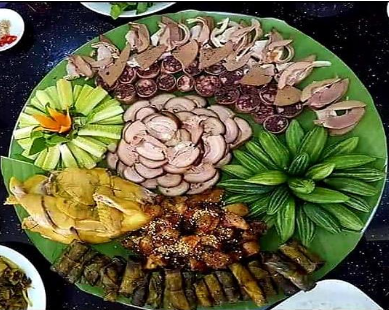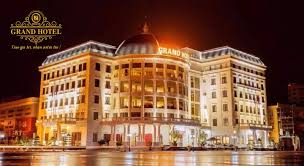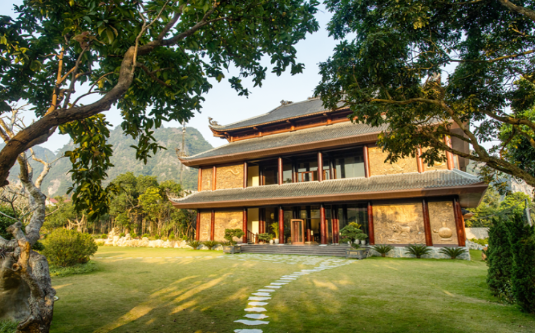X
06/12/2023 31/12/2023
905 0
Speaking of Thai people in the mountainous Mai Chau district of Hoa Binh province, Keng Loong is an integral part of folk cultural activities in the lives of the local residents. Particularly, during festive occasions such as New Rice Celebration, Xen Ban and Xen Muong ceremonies, Cha Chieng festival, Lunar New Year, Keng Loong plays a role in nurturing the character and spirit of Thai people in the region.
The Thai people, being agricultural inhabitants engaged in wet rice cultivation, have their Keng Loong cultural activities closely intertwined with their early stages of agricultural production. This cultural engagement holds significant importance, reflecting social characteristics, spiritual life, and the practice of beliefs.
Keng Loong - a distinctive cultural feature of Thai ethnic group in Mai Chau
According to folk artisans, they believe that "Keng" means "to strike" and "Loong" refers to a large wooden trough, several years old, firm, resonant, and clear. People choose large, straight trees, cut them into sections, depending on the desired size and length of the Loong. "Keng Loong" is the action of using a stick to strike the trough, both in labor activities and in performances during rituals and ceremonies. Alternatively, one can understand "Keng Loong" as the overall set of methods, forms, techniques, and tactics used in performing Keng Loong.
Performance technique: The most common method is for individuals to stand in pairs facing each other. When a group of people performs together, strict regulations must be followed. Participants in the performance must have a firm understanding of these regulations, as a mistake by one person or pair can lead to disorder in the entire Keng Loong formation.
Performance postures: Loong performances can take various postures, including standing upright, slightly bending the back, or bowing with a lower back.
Performance movements: There are five basic movements: "Pound" (thrusting the pestle straight down into the center or the side of the Loong on the opposite side of the player); "Hit (hitting the edge of the side against the side of the player); "Bang" (using the two edges of the pestle to collide with each other); "Press" (placing the pestle horizontally on the Loong and pressing it down); "Clash" (placing the pestle horizontally on the Loong and bang the two pestle together).
Keng Loong originates from the laborious life of Thai ethnic people in Mai Chau, where women of Thai community regularly engage in the traditional task of pounding rice. While pounding rice, they often add rhythmic movement to the mortar, either striking the pestles against the mortar or clashing the pestles together, creating delightful sounds that dispel everyday worries and anxieties during the challenging days of labor in the fields. Beyond its function as a labor tool, Loong also serves as a unique musical instrument. Evolving over time alongside Thai people's daily lives, the cultural activity of Keng Loong has transformed into an art form, shaping elements such as the organization of performers, performance conditions, techniques, musical principles, and compositions. Keng Loong features various tunes for celebrations like weddings, rice harvests, cockfighting events, eclipses, etc; often accompanied by instruments such as drums, gongs, and traditional bamboo instruments. The combination of these elements creates rich, emotional harmonies that captivate listeners, showcasing the talent of the Keng Loong performers. The sounds and rhythms of Keng Loong during festive occasions are lively, and vibrant, and resonate throughout the village, inspiring joy in people's hearts, and drawing everyone together for shared festivities. The number of Keng Loong performers depends on the length of the instrument—whether it is long or short—and varies according to specific circumstances and occasions.
Thai people in Mai Chau perform Keng Loong melodies during
traditional festivals of the ethnic community
Loong has been an integral part of Thai families for generations. It helps them make delicious meals and has also participated in the joyous occasions and festivals of the family and the village. The passage of time has turned Loong into an old artifact, but its resonant sound remains familiar to every Thai person here. In today's life, families no longer use Loong to pound rice, but it continues to be a close and intimate companion in the spiritual life of the people. Especially during festive occasions such as celebrating a new house, a new crop, or the solidarity festival of the entire community, Loong is always present. In recent years, during the Xen Muong festival celebration, the performances of Keng Loong by Thai women have left an unforgettable impression on tourists. The lively and echoing sound of Keng Loong seems to awaken the mountains and forests after the cold winter days; it calls on the sun to wake up and dispel the fog that covers, illuminating the sparkling light to warm the village. Keng Loong also attracts the villagers to come together, calling young men and women to unite on the spring festival day, lifting their voices with heartfelt expressions: “At night, you can see the moon shining bright /Where the moon is, there you are / We are apart like sour fruits without salt / We are apart like a boat without a shore / We are apart like young rice tree scattered, oh my dear”.
The social customs and Keng Loong beliefs of Thai people in Mai Chau constitute an intangible cultural heritage deeply marked by the passage of time and space. Elements such as community spirit, communal harmony, the connection with nature, and the material structure of cultural settlements like stilt houses contribute to the unique cultural landscape of Keng Loong. These factors, including rituals and traditional ceremonies, always coexist, creating the distinctive features within the cultural milieu of Keng Loong.
Keng Loong is used as a welcoming gesture to visitors from near and far
At present, in various Thai ethnic villages throughout Mai Chau district, Keng Loong is utilized by the locals as a welcoming gesture to visitors from both near and far, becoming a traditional cultural beauty. Therefore, the preservation, conservation, and promotion of the intangible cultural values of Thai ethnic community are essential tasks. This ensures that these values continue to be disseminated, contributing to meeting the cultural enjoyment and creativity needs of the general population.
The decision of the Ministry of Culture, Sports and Tourism to include this unique form of social practice and belief in the list of national intangible cultural heritage not only affirms the distinctive cultural identity of ethnic minorities in Hoa Binh province but also assists Mai Chau district, the custodian of this heritage, in implementing specific policies for preservation, conservation, enhancement of values, promotion, and introduction, contributing to the development of local tourism.


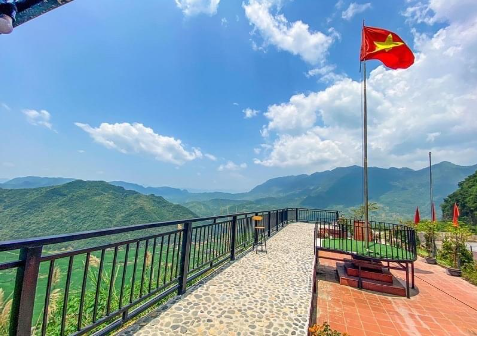
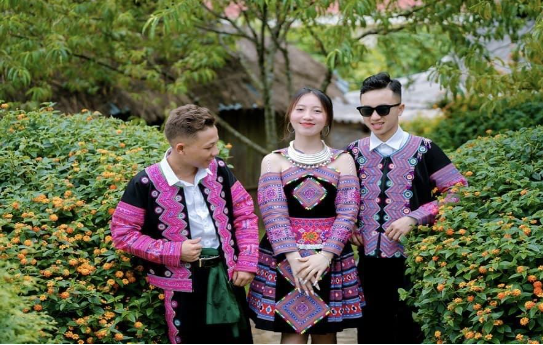

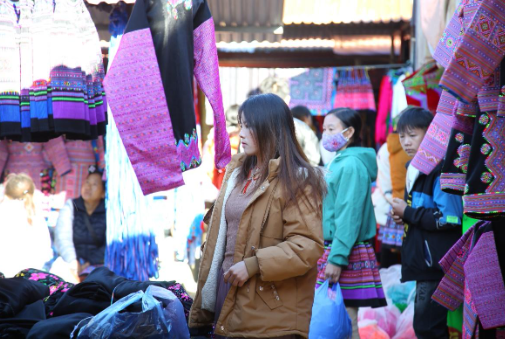


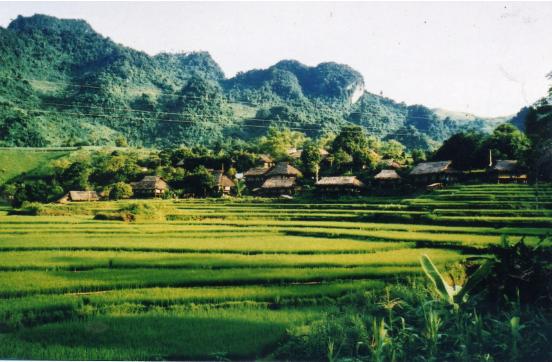

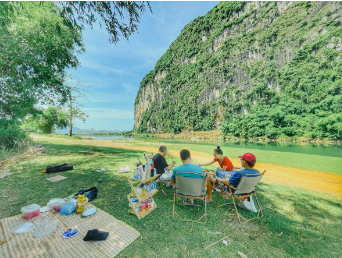

_636886053534704917.jpg)
